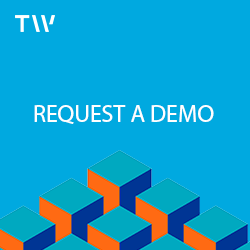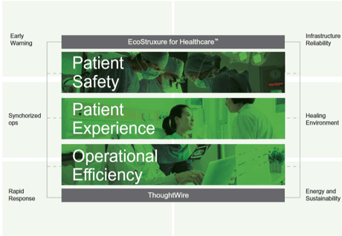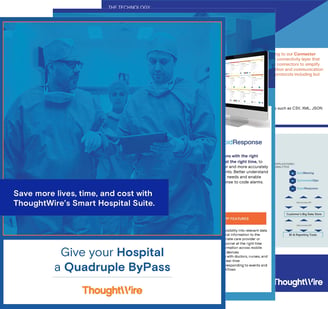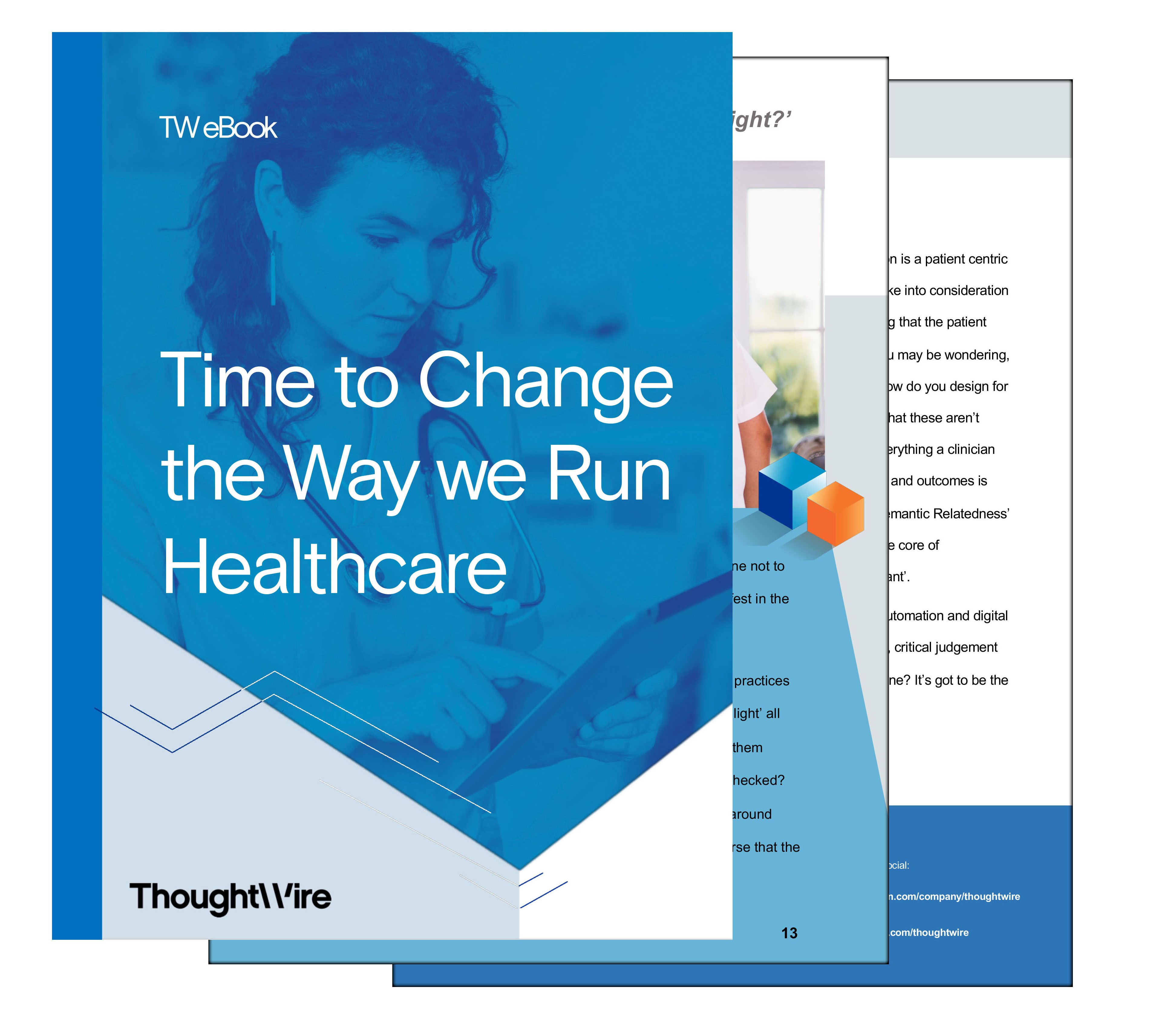Microsoft Teams is Changing
You may have heard that Microsoft is retiring Skype for Business Online on July 31, 2021 and replacing it with Microsoft Teams.
“Microsoft Teams expands on the capabilities in Skype for Business Online by bringing together files, chats, and apps in an integrated app, with functionality that enables organizations to move faster and collaborate more efficiently,” says Microsoft.
Amidst these changes, users are asking how Teams can be leveraged to provide solutions for their specific use cases. In the healthcare world, in particular, hospital leaders are asking: What can Teams do for hospital healthcare providers? They’re also questioning whether users will adopt the new application.
Overcoming User Adoption Challenges
When a new technology is introduced, adoption is always a major consideration. In hospitals, this is no exception. In fact, many argue that hospitals face an even deeper set of challenges.
For instance, very few – if any – clinicians are currently using Teams as part of their day-to-day experience. In many cases clinicians rely on Whatsapp or text messaging – the apps currently on their phones – to communicate with colleagues. When a patient needs help, healthcare providers reach for whatever is quickest and most familiar, providing peace of mind that they can respond to their patient’s needs fast.
As a result, introducing a new app into the mix can be a steep hill to climb when it comes to user adoption. Mindsets need to be changed first and habits second. UX needs to be seamless and benefits to the clinician and their patients need to be compelling.
How Microsoft Teams + ThoughtWire Can Help Clinicians
At ThoughtWire, we’re tackling these issues head on. In fact, we’re pleased to announce that we’ve partnered with Microsoft to leverage Teams’ capabilities and bring added value to hospitals.
Our team has begun work to apply our contextually-driven technology as a layer on top of Teams, providing additional utility and combating user adoption challenges. By taking advantage of our Digital Twin, we’re creating a closed loop communication platform designed specifically for the needs of hospital clinicians. The result? Clinicians can benefit from having a digital companion that takes into account context and provides real-time, action-oriented assistance.
Take, for instance, the case of a code blue event. When a code blue occurs, ThoughtWire’s technology (which pulls data together from IoT devices and sensors and adds contextual information using a digital twin on Azure) will send a signal to Microsoft Teams. This signal will then prompt the automatic creation of a closed chat room for the event. Clinicians will be added to the group automatically, based on their availability and ability to respond, and a notification will be sent to them with critical patient information such as patient status, last medication given, vital signs and so on.
For clinicians, patients and the healthcare system as a whole, we see this as a major game changer.
Benefits of the ThoughtWire-Microsoft Teams Solution
In particular, some of the key benefits of our solution include:
- Improved communication and coordination between clinicians
- Reduction of alarm fatigue
- Compliance with FDA requirements for privacy and security
- A single platform that supports both clinical alerts and alarms
- Quick access to information that’s contextual and situational
- Elimination of the need for clinicians to go hunting in patient charts for specific details
- Automatic channel member management...and much more.
By developing a tool that provides better outcomes for clinicians and patients – and that achieves widespread adoption – everyone will win. At the end of the day, isn’t that what we’re all after?






